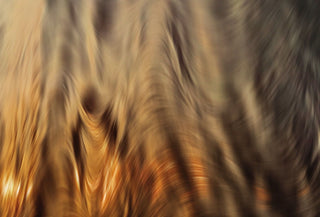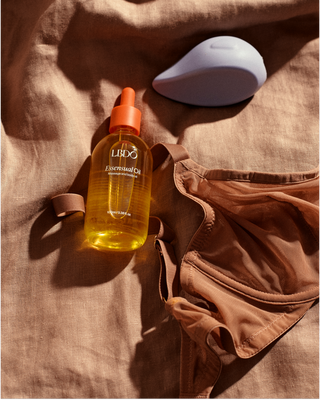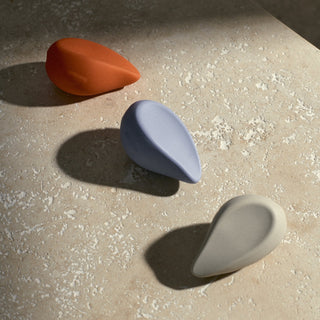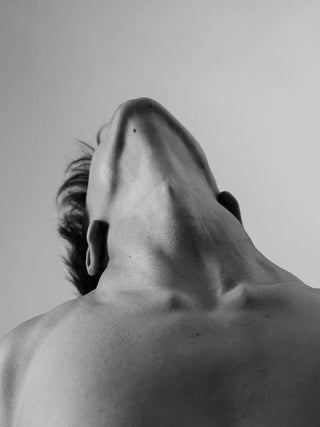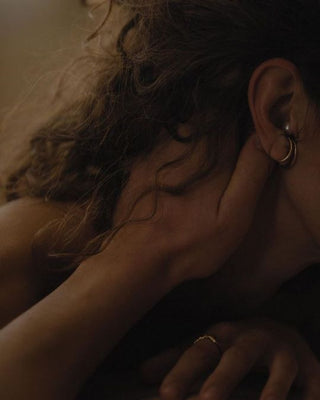Down-under grooming has been a wild ride of shapes, designs, and personal expression. Since caveman days, we’ve evolved to grow pubic hair as a natural barrier, shielding our most sensitive areas from friction and chafing, preventing infections, wicking away sweat and keeping us warm. As culture has marched on, pubic hair styles have swung on a pendulum throughout history, according to the ideology and culture of changing societies. Let’s take a journey through the ages to discover just how wildly diverse different cultures and time periods viewed our hair down there.
Ancient Egypt
In ancient Egypt, the fashion was to be voluminous, yet well groomed. Men and women used special tools like sharpened stones and clamshells to achieve a clean and tidy appearance. An ancient method that is still used today, called sugaring, was pioneered to keep hair tidy, using sugar to make a sticky paste. Ancient Egyptians were also discovered to have used dyes and beads to accessorise their pubic hair.
Renaissance
Fast forward to the Renaissance era, where lush gardens and elaborate topiaries inspired the fashionistas of the time. People embraced artistic grooming techniques, sculpting their bushes into intricate shapes like hearts, stars, and even their favourite mythical creatures. During this era, the connotation was that people who needed to shave their pubic hair were sexually promiscuous and were trying to avoid disease, so to prove that you were wholesome, it was considered normal to have a full bush.
20th Century
As we rolled into the 20th century, Hollywood glamour and pin-up culture took centre stage; skirts got shorter and the bikini was invented in France, leading to the liberation of upper thighs and the infamous ‘bikini line’ wax. Enter the ‘landing strip’ – a playful homage to the aviation boom that swept the world. Pilots navigated their planes with precision, and so did some folks with their grooming, leaving a tidy strip as a nod to adventure and exploration.
Recent History
In the not-so-distant past, too, pubic hair was caught in the ever-changing tides of fashion. From the bold and bushy styles of the '70s to the smooth and sleek looks of the '90s, it was only very recently in human history (post 2000s) that a completely smooth and bald look really came into vogue. Of course, when you look at the boom of the hair removal industry at that time, it’s fair to question whether it was fashion or capitalism behind this trend.

